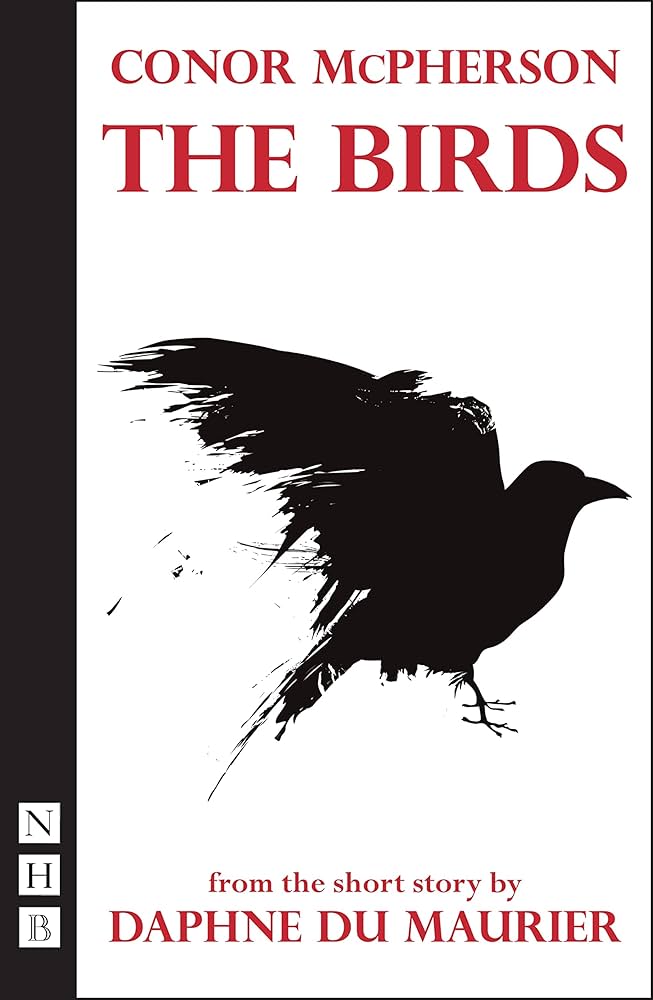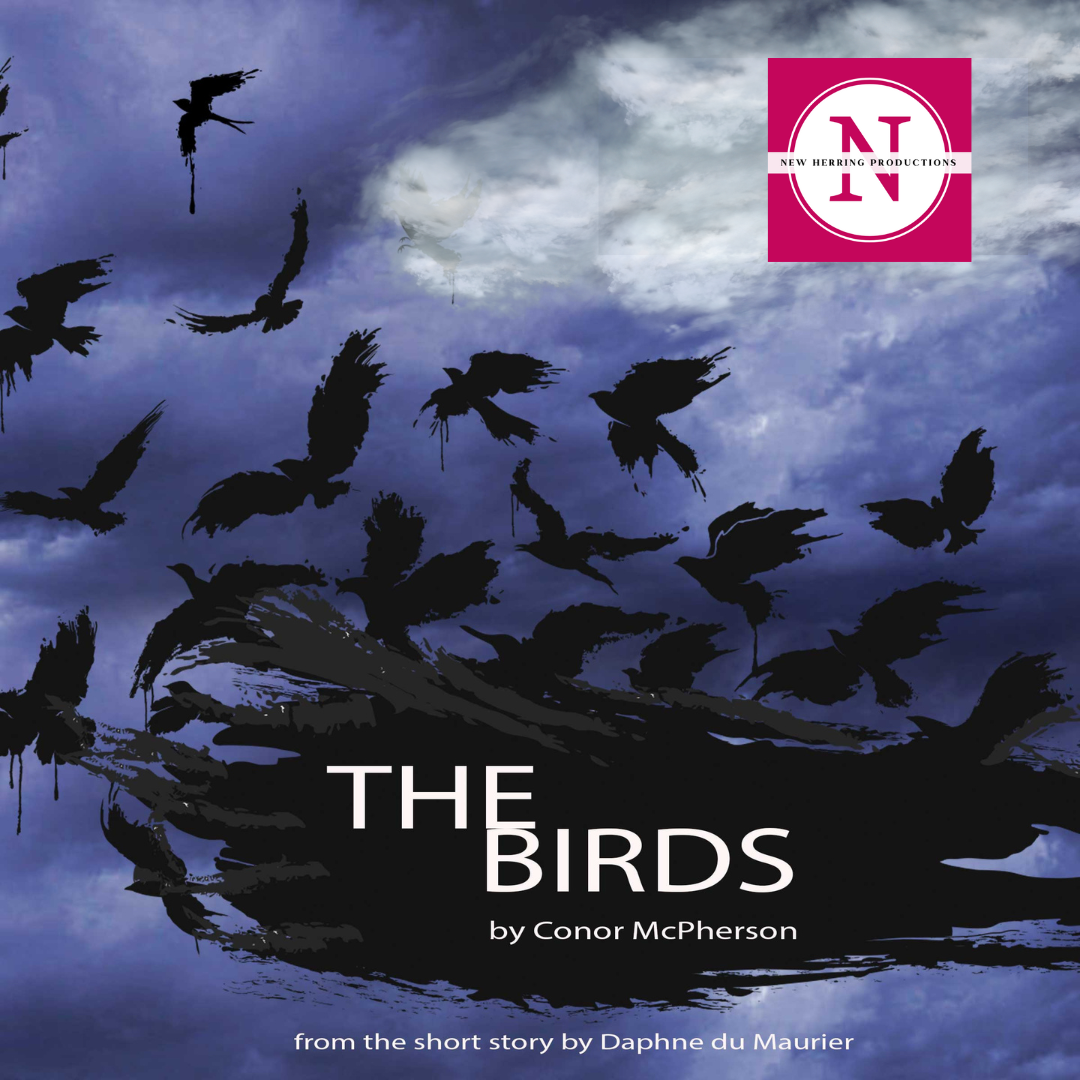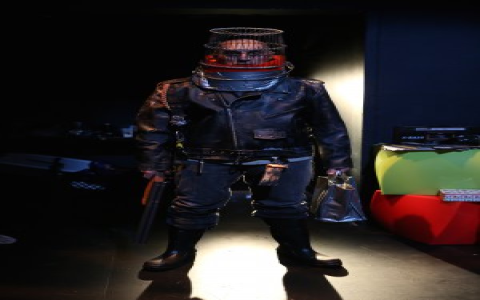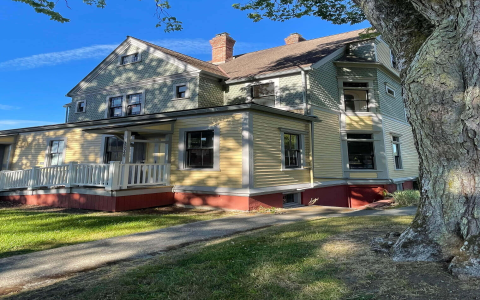The Birds by Conor McPherson: A Dive into the Depths of Human Nature
Conor McPherson’s play The Birds, though less celebrated than some of his other works like The Weir or St. Nicholas, offers a subtle yet profound examination of human fragility and the intrinsic fears that lurk within us. Adapted from Daphne du Maurier’s short story of the same name, McPherson’s interpretation shifts the narrative’s lens towards the psychological, exploring themes of paranoia, isolation, and the unknown.

McPherson’s adaptation introduces us to an aged couple, Nat and his wife Diane, whose tranquil life on an isolated stretch of English coastline is suddenly terrorized by an inexplicable, relentless attack of birds. Unlike Du Maurier’s tale, where the horror is palpable and caused by natural forces, McPherson delves into the terror within the mind, making the play a commentary on human vulnerability and the abyss of our innermost fears.
The setting itself, a remote, windswept house, symbolizes loneliness and disconnection from the modern world. This isolation not only amplifies the couple’s sense of vulnerability to the external environment but mirrors their internal landscape. Here, McPherson positions the birds not just as physical assailants but as manifestations of existential dread, where every shriek and shadow amplifies the couple’s paranoia.
The dialogue in The Birds is minimalist yet charged with undercurrents of anxiety. Each line, each pause, is a tapestry of subtext where what is unsaid often screams louder than the words themselves. McPherson cleverly uses these quiet moments to explore the dynamics and tensions between Nat and Diane. Their aging relationship, fraught with unspoken grievances and unmet expectations, adds another layer of psychological complexity.
An interesting aspect of McPherson’s adaptation is his decision to strip away the explicit horror of the bird’s attacks, choosing instead to let the audience’s imagination fill in the gaps. This choice turns the play into a psychological thriller. The unknown becomes more terrifying, as the darkness outside could represent both the literal and metaphorical shadows that scroll through the human psyche.
The climax of the play does not provide relief or an explanation for the birds’ unusual behavior, but instead, it plunges deeper into the abyss of uncertainty. Diane comments, "They’re scared too, you know," suggesting a parallel between the birds’ unpredictable violence and the couple’s own internal battle with fear and madness. This line blurs the line between predator and prey, initiating a profound meditation on what really imposes terror in us—is it the external threat or our inner demons?
It’s in this space that McPherson explores the theme of control versus chaos. Through the characters’ struggle to maintain composure and the semblance of a routine amidst pandemonium, we are shown the human condition: the constant battle to exert order over the uncontrollable chaos of life.
Ultimately, The Birds leads us to reflect on our relationship with nature, but more importantly, with ourselves. McPherson’s narrative leaves us contemplating whether the greatest threat to tranquillity is what happens within our minds, beyond what is happening externally. It’s a haunting reminder that our most profound horrors can be internal, and perhaps, the only way to combat this is through acceptance, understanding, and ultimately, courage—a silent resolve to face the unknown with an unyielding spirit.
Through its haunting narrative, minimalistic dialogue, and psychological depth, The Birds not only grips the audience with a suspenseful storyline but invites a reflective examination of the psyche, a journey into the shadows where every chirp might signal danger or salvation.




